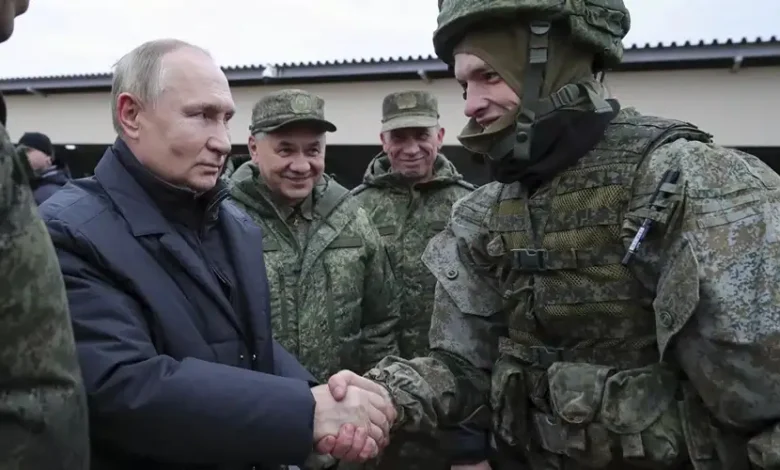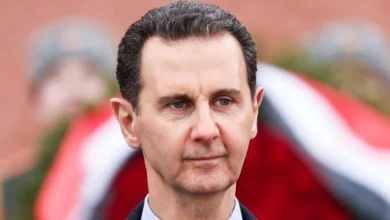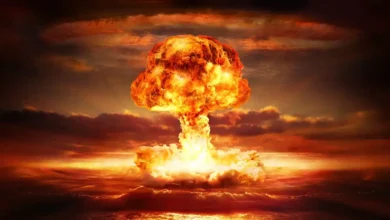
In a significant escalation of military rhetoric and strategy, Russian President Vladimir Putin has officially updated the country’s nuclear doctrine. This change comes in direct response to recent developments in the ongoing Ukraine conflict, particularly following the United States’ decision to permit Ukraine to utilize American-supplied long-range missiles against targets deep within Russian territory. This blog post delves into the implications of this doctrine revision, the context surrounding it, and its potential impact on global security.
The Context of the Update
The backdrop for this dramatic shift in Russia’s nuclear posture is the evolving dynamics of the Ukraine war, which has now entered its third year. As of November 2024, the conflict has seen Russia intensifying its military operations against Ukraine, leading to widespread destruction and loss of life. Recent missile strikes by Russia have resulted in civilian casualties, prompting Ukrainian leaders to call for enhanced military support from Western allies. On November 18, 2024, President Joe Biden authorized Ukraine to deploy Army Tactical Missile Systems (ATACMS) against Russian targets. This marked a pivotal change in U.S. policy, allowing Ukraine to strike deeper into Russian territory than ever before. The ATACMS missiles have a range of approximately 300 kilometers (about 186 miles), enabling Ukrainian forces to target critical military infrastructure that was previously beyond their reach.
Key Changes in Russia’s Nuclear Doctrine
In light of these developments, Putin’s updated nuclear doctrine introduces several critical changes:
- Lowered Threshold for Nuclear Engagement: The new doctrine allows for the potential use of nuclear weapons in response to conventional attacks on Russia if those attacks are supported by a nuclear-armed ally. This marks a significant shift from previous policies that maintained a higher threshold for nuclear engagement.
- Collective Defense Clause: The revised doctrine stipulates that any aggression against Russia, particularly if backed by a nuclear power, will be viewed as a collective assault. This clause effectively broadens the circumstances under which Russia might consider using its nuclear arsenal.
- Response to Western Military Support: The Kremlin has indicated that the increased military aid from Western nations to Ukraine—especially the recent approval for long-range missile strikes—has necessitated this update. Russian officials have framed these developments as direct provocations that could escalate tensions further.
Implications for Global Security
The implications of this updated nuclear doctrine are profound and multifaceted:
- Increased Risk of Escalation: By lowering the threshold for nuclear use, Russia is signaling its readiness to respond aggressively to perceived threats from NATO and Western countries. This shift raises concerns about miscalculations or unintended escalations that could lead to catastrophic outcomes.
- Impact on NATO-Russia Relations: The Kremlin’s reaction underscores the fragile nature of relations between Russia and NATO allies. Any military action taken by Ukraine using U.S.-supplied missiles could be interpreted as direct involvement by NATO, potentially triggering a broader conflict.
- Strategic Calculations for Western Powers: The U.S. and its allies must now navigate a more complex security landscape where Russian nuclear threats loom larger. This situation may compel Western nations to reassess their military strategies and support for Ukraine while balancing deterrence with diplomatic efforts.
Conclusion
The revision of Russia’s nuclear doctrine represents a significant escalation in the ongoing conflict with Ukraine and highlights the precarious balance of power in international relations today. As both sides brace for potential retaliatory actions, it is crucial for global leaders to engage in dialogue and seek diplomatic solutions to prevent further escalation.In this volatile environment, understanding the motivations behind such strategic shifts is essential for policymakers and analysts alike. The world watches closely as these developments unfold, aware that the stakes have never been higher in the quest for stability and peace in Eastern Europe and beyond.
For the latest updates on News and Current Trends, follow us on X/Twitter here.
Infornex is now on every popular social media. Follow us on your favourite one to never miss an update, click here.
For more Breaking News and Updates, click here.



